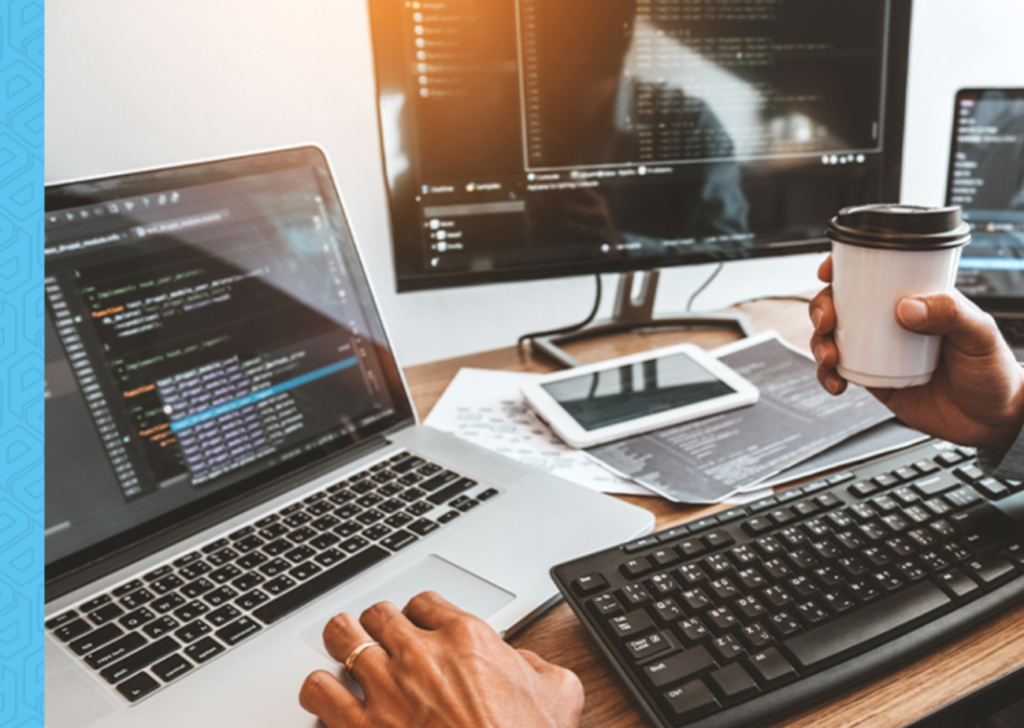How to Study to Become a Programmer?
The Journey of Continuous Knowledge and Learning Becoming a programmer is a challenging journey, but with dedication and the right strategies, anyone interested in technology can learn to program and pursue a career in the field. However, a programmer’s career is not just about writing code; it involves an ongoing educational journey, including technical learning, adapting to new technologies, and developing interpersonal and communication skills. In this context, a programmer’s education goes far beyond formal training, encompassing a variety of experiences and practices that help shape competent professionals ready for the challenges of the technology market. Below is a step-by-step guide on how to study to become a programmer and the importance of continuous education. 1. Understand the Fundamentals of Programming Before diving into a specific programming language, it is crucial to understand the fundamental concepts of computer science. These include: 2. Choose a Programming Language Selecting a language can be challenging due to the variety available. Popular options include: Choose a language that aligns with your goals. For example, if you focus on web development, HTML, CSS, and JavaScript are essential. 3. Practice Regularly Practice is key to learning programming. Reading books or tutorials is not enough — you need to write code. Here are some tips to incorporate practice into your studies: 4. Continuous and Self-Taught Learning The ever-evolving technology landscape requires programmers to learn constantly. Platforms like Coursera, Udemy, and edX offer courses on various topics, from specific programming languages to advanced development practices. The ability to learn independently is crucial, as the knowledge required to solve specific problems often lies beyond traditional books. Engaging in open-source communities and forums like Stack Overflow is also an effective way to learn and troubleshoot. 5. Learn Debugging and Code Testing Mistakes are part of programming, so learning to debug is essential. Use debugging tools in your IDE or techniques like printing variables to the console to understand your program’s flow. Additionally, learn about software testing, such as unit and integration tests, to ensure your code works correctly. 6. Develop Soft Skills While technical skills are essential, interpersonal skills are equally important. Effective communication, teamwork, and time management are crucial. Participating in hackathons, meetups, and community events can help develop these skills while expanding your professional network. 7. Join the Community Studying alone is effective, but learning with others can be even more enriching. Joining online communities, forums, Discord groups, and even local meetups helps expand your knowledge and solve problems with feedback from others. Contributing to open-source projects also offers an excellent way to learn best development practices. 8. Mentoring and Networking Having a mentor can make a significant difference in your professional development, as they can guide your career choices and improve your technical knowledge. Networking with other programmers provides opportunities to learn from their successes and failures and stay updated on the latest trends and practices in the industry. 9. Deepen Your Knowledge After mastering the basics, it’s time to study more advanced topics: 10. Keep Up with Trends and Continuously Improve Technology is constantly evolving, so staying relevant in the job market requires following industry trends. Attend conferences, webinars, and stay updated on new languages, frameworks, and best practices. Conclusion Studying to become a programmer requires more than just learning to code. The journey involves formal education, continuous learning, constant practice, and developing interpersonal skills. Adapting to new technologies and the ability to learn independently are essential for long-term success. Throughout this journey, be patient, persistent, and enjoy the learning process!



